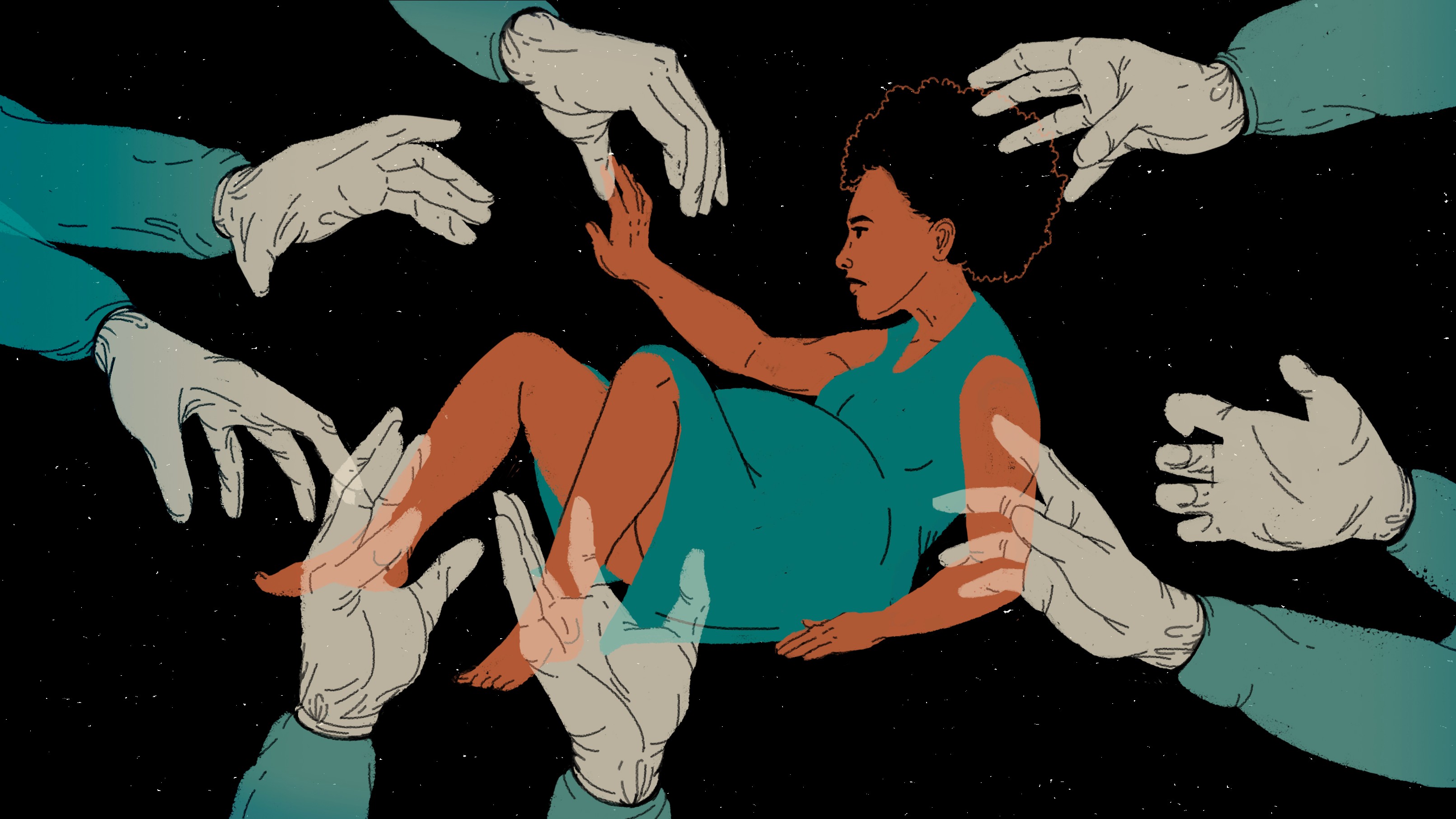Gender violence is considered as any sexist act that has or may have; as a result physical, sexual, psychological, emotional, labor, economic or patrimonial damage or suffering; coercion or arbitrary deprivation of liberty, as well as the threat of executing such acts, whether they occur in the public or private sphere. This indicates that it is not only about the physical or verbal abuse to which a woman is subjected, for the fact that she is. Or, on the contrary, it is about behaviors that generate violence in society that have become recurrent and have tacitly become accepted social behaviors, which are considered “natural”. It concerns other forms of violence, some more hidden, which some have called “micro-violence” that are often perpetuated in more private spaces, and little is said. One of the fundamental steps to end this stigma is public recognition of the different ways in which gender-based violence is expressed. For that purpose, here we review the most common types of violence against women:
PHYSICAL VIOLENCE

It translates into any action that causes damage or physical suffering. It affects the person’s integrity: bruises, wounds, burns, and even a push is physical violence, and we must never excuse it.
PSYCHOLOGICAL VIOLENCE
It can occur in all kinds of contexts, although the house, the partner, and the family are usually three of the most common and consist of any action that we feel degrades us as people or tries to control our actions or decisions. This type of violence against women does not have to lead to harassment or humiliation. Still, it can manifest as harassment, restriction, shame, manipulation, or isolation, causing emotional damage and damaging our personal development to severe emotional and psychological problems that have led many women to suicide. Psychological violence is usually the gateway to other types of violence, such as physical or sexual violence, so we must be cautious if we believe that this type of violence is taking place. If in doubt, it is always best to call Line 100 and speak with a professional who will advise us.
SEXUAL VIOLENCE
Any action that threatens or violates a woman’s right to decide about her sexuality encompasses any form of sexual contact. Sexual violence is not limited to forcing a woman against her will, but to any type of harassment, exploitation, abuse, or intimidation, regardless of whether it occurs within or outside of marriage or any relationship.
OBSTETRIC VIOLENCE

Obstetric violence involves the appropriation of women’s bodies and reproductive processes by health professionals through inhumane treatment, medicalization, and pathologization of natural processes, resulting in the loss of women’s autonomy and freedom to make decisions about their bodies and sexuality negative consequences for women’s quality of life.
MEDIA VIOLENCE
The publication or dissemination of stereotypical images and messages in any media that directly or indirectly promote exploitation, insult, defamation, discrimination, shaming, humiliation, or attacks on the dignity or portrayal of women, as well as the use of women, young people, and girls in pornographic messages and images that legitimize unequal treatment or create socio-cultural patterns that reproduce inequalities or lead to violence against women.
SYMBOLIC VIOLENCE
It collects stereotypes, messages, values, or signs that transmit and favor the fact that relationships based on inequality, masculinity, discrimination, or the naturalization of any subordinate role of women in our societies are repeated. Violence against women is more difficult to eradicate because it is anchored in the community and mere permissiveness strengthens it; thus, a joke or compromise with traditionally accepted values makes change difficult.
Now that you know the most common types of violence against women, it does not matter what gender you are; report any situation of violence and help end gender violence in your country. You can also collaborate with several projects to defend women’s rights in developing countries in the face of problems such as female genital mutilation, trafficking, and forced marriages. Don’t forget to check the first part of this article! Let’s help change the world for everyone and to reach a reality where violence is history.

